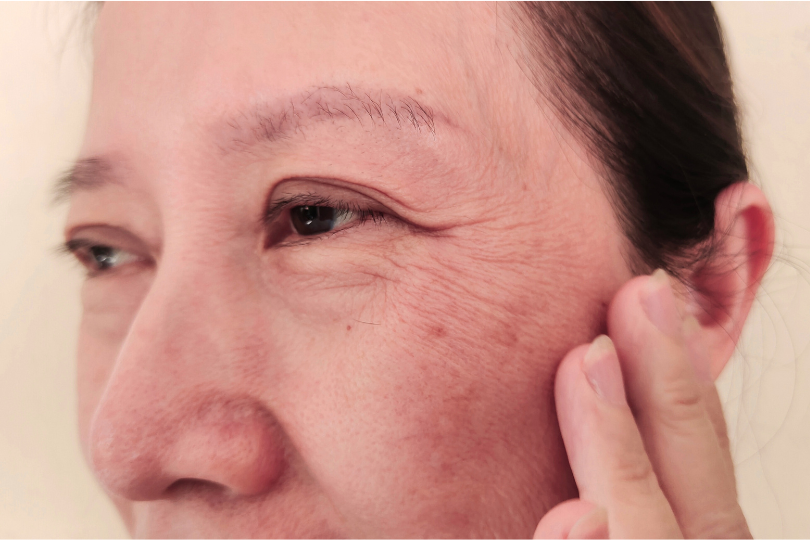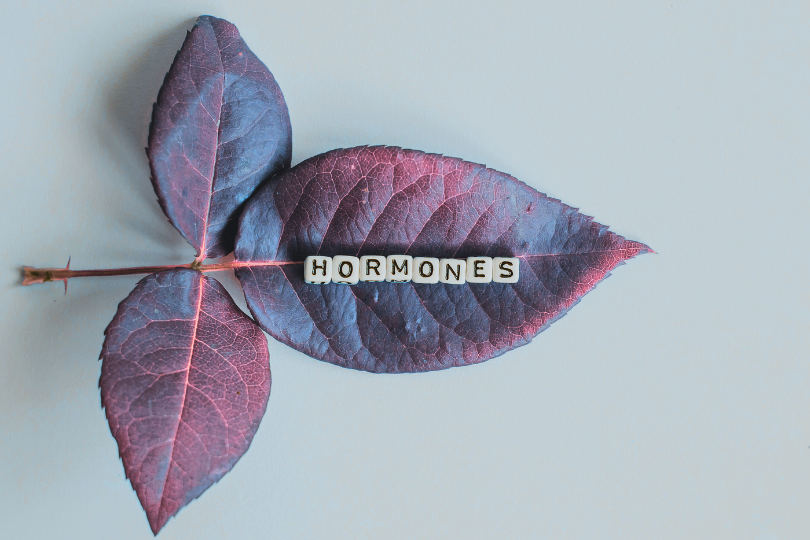Polycystic Ovary Syndrome (PCOS) and Endometriosis are two of the most common conditions affecting women’s reproductive health. While they may share some overlapping symptoms, such as abnormal periods and difficulties getting pregnant, they are distinct in their causes, symptoms, and treatment approaches. Understanding the differences can help women better manage their health and make informed decisions about their care.
PCOS is a hormonal disorder that affects how the ovaries function. It’s characterised by:
Causes:
The exact cause of PCOS isn’t fully understood, but it’s linked to insulin resistance, inflammation, and genetics.
Common Symptoms:
Long-term Risks:
If unmanaged, PCOS can increase the risk of:
Get a more detailed understanding with a complete guide to PCOS.
Endometriosis is a chronic condition where tissue similar to the uterine lining (endometrium) grows outside the uterus, often in the pelvic region. This tissue behaves like normal endometrial tissue, thickening and breaking down during the menstrual cycle. However, because it has no way to leave the body, it can cause pain, inflammation, and scar tissue formation.
Common Sites of Growth:
Causes:
The exact cause of endometriosis is unknown, but factors such as retrograde menstruation, genetics, and immune system issues may play a role.
Common Symptoms:
Long-term Risks:
Endometriosis can lead to infertility in some cases and may increase the risk of certain ovarian cancers.

Yes, it’s possible to have both conditions simultaneously. While they are separate disorders, their symptoms can overlap, making diagnosis and management more challenging. Women with both conditions may experience compounded fertility issues or heightened pelvic pain.
PCOS Diagnosis:
Blood Tests: To check hormone levels, including androgens and insulin. For example, Taylor's Polycystic Ovarian Syndrome screening.
Ultrasound: Ultrasound of the pelvic area to examine the ovaries for multiple follicles and assess the uterine lining.
Endometriosis Diagnosis:
Pelvic Exam: To detect cysts or areas of tenderness.
Imaging Tests: Ultrasound or MRI to identify endometrial growths.
Laparoscopy: A minimally invasive surgery to confirm and sometimes treat endometriosis.
PCOS Treatment:
Endometriosis Treatment:
If you’re experiencing symptoms like irregular periods, severe pelvic pain, or difficulty conceiving, it’s essential to consult a healthcare provider. Early diagnosis can improve symptom management and prevent long-term complications.
While PCOS and Endometriosis are distinct conditions, they both significantly impact reproductive health. Understanding their differences—and recognising overlapping symptoms like abnormal bleeding or irregular cycles—can help you seek the right care.
If you suspect either condition, consult a gynaecology clinic or women’s health care clinic for comprehensive evaluation and tailored treatment. Proactively managing your health ensures better outcomes for your reproductive and overall well-being.



If your routine suddenly feels out of step, it’s not your products, it’s your hormones. As estrogen begins to fall, the signals that keep skin strong and hydrated weaken. Dryness, breakouts, pigmentation, and slower healing start to appear, even with the same products you’ve always used. The good news: you can adapt. With smart everyday care (SPF, hydration, retinoids, vitamin C), lifestyle support (nutrition, sleep, stress), and medical options when needed (prescription treatments or hormone therapy), your skin can stay strong and healthy well into your 40s, 50s, and beyond.

Menopause isn’t just the end of periods. It’s the start of a new phase where lower estrogen levels can affect your bones, heart, brain, skin, and more. This guide breaks down what’s happening in your body and what you can do to stay strong and well after menopause.

No one talks about it, but perimenopause can hit in your 30s or 40s, and it’s not just about your period. Think brain fog, poor sleep, low libido. Here’s what to look out for and what you can do.